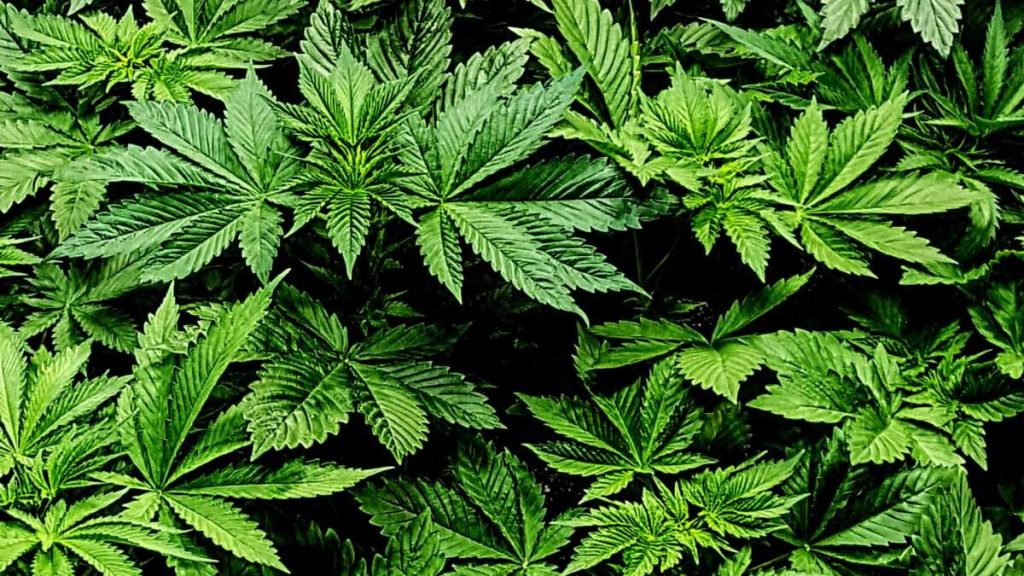It looks like Minnesota will soon be the 23rd state to legalize recreational marijuana. On Friday, the state Senate narrowly approved a bill that would allow adults 21 or older to possess marijuana for personal use. It also would create a system to license and regulate commercial production and distribution. The state House of Representatives passed similar legislation last Tuesday, and Minnesota’s Democratic governor, Tim Walz, has indicated that he will sign the plan into law once the differences between those two bills are reconciled. The legalization of recreational use would take effect on August 1.
The negotiations between the House and Senate, both of which are controlled by Democrats, illustrate the policy choices confronting legislators across the country as they decriminalize a psychoactive plant that remains contraband under federal law. The debate about the details of legalization shows that, despite all the talk of treating marijuana like alcohol, legislators remain reluctant to fully embrace that model.
State Sen. Warren Limmer (R–Maple Grove) inadvertently made that point as he vainly tried to stop his chamber from approving legalization. Among other things, Limmer argued that the Senate bill‘s two-ounce limit on public possession is excessive. But he undermined his own argument by asserting that “two ounces is equivalent to three joints.”
That remark provoked much mockery, since it implied that the amount of marijuana in a typical joint is about two-thirds of an ounce, or roughly 19 grams. The actual amount seems to be more like a third of a gram. So Limmer should have said that two ounces is equivalent to more than 170 joints, which would have better illustrated the point he was trying to make.
The House bill imposes the same restriction on public possession, which is more generous than the typical limit of one ounce but less generous than the caps imposed by several states. Both bills also would allow noncommercial sharing of two ounces or less among adults. Whatever the specific limits, the very existence of such rules shows that legislators are not really prepared to treat marijuana like alcohol. After all, you can buy as much booze as you want at a liquor store, and no one has to worry that he will be fined for transporting too many bottles in his car.
One point on which the House and Senate bills differ is the amount of marijuana that Minnesotans will be allowed to possess in their homes. The House bill says 1.5 pounds, while the Senate bill says two pounds. The latter bill raises the limit to five pounds (more than 7,000 joints!) for people who grow marijuana at home.
From Limmer’s perspective, all of these allowances are recklessly high. But again, there is no equivalent rule for alcoholic beverages. No one is expected to keep track of exactly how much beer, wine, and liquor he has accumulated at home, lest he face civil or criminal penalties for exceeding an arbitrary threshold set by state legislators.
Supporters of such limits think they are necessary to curtail the unauthorized distribution of marijuana and help state-licensed merchants supplant black-market dealers. The same concern underlies the debate about home cultivation.
Most states that have legalized recreational use allow people to grow marijuana at home. But Delaware legislators, who recently voted to legalize recreational marijuana, decided that was too risky. So did Illinois, New Jersey, and Washington. And in New York, where recreational legalization was approved in 2021, home cultivation won’t be allowed until mid-2024.
If the goal is to suppress the black market, those less tolerant approaches are risky. When a state eliminates penalties for recreational use a year or two before licensed pot shops start operating but does not allow home cultivation, cannabis consumers must continue to rely on the black market. The conspicuous proliferation of unlicensed marijuana merchants in jurisdictions like New York City shows what happens in that situation, which is the opposite of what legislators say they are trying to achieve.
In Minnesota, the House and Senate bills both would allow home cultivation of up to eight plants, including four that are mature. But legislators in the two chambers evidently differed in their estimates of how much marijuana those plants could be expected to produce, since they set different limits on private possession.
Theoretically, an indoor plant grown in soil might produce as much as 600 grams, meaning that four plants could yield five pounds, the limit set by the Senate bill. The substantially lower limit set by the House bill (1.5 pounds) seems to be based on the assumption that Minnesota’s home growers generally will not have the skill to maximize their yields. Other states have avoided the need for such a calculation. Colorado, for example, allows up to three mature plants, plus “possession of the marijuana produced by the plants.”
Unlike the possession limits, the restrictions on home production do have parallels in laws dealing with alcohol. Under federal law, for example, homebrewers are limited to 100 gallons of beer per adult annually. Minnesota, by contrast, allows “brewing of beer in the home for family use” without any explicit quantity limit. The federal limit on home cultivation of marijuana, of course, is set at zero. So is the federal limit on home production of distilled spirits, which is still a felony punishable by up to five years in prison.
Home distilling is also a crime under Minnesota law. Arguably consistent with that policy, the House and Senate marijuana bills both would prohibit home production of cannabis concentrates.
In addition to different limits on private possession, the House and Senate bills propose different taxes on cannabis products. The House bill prescribes an 8 percent tax on gross receipts, while the Senate bill sets the rate at 10 percent. Both rates are toward the low end of the taxes collected by other states that have legalized recreational marijuana, which is consistent with the goal of displacing the black market. Not so consistent with that goal, the Senate bill would allow local governments to cap the number of marijuana businesses within their borders. The House bill would not.
Both bills mandate expungement of criminal records for marijuana-related conduct that is no longer illegal. The expungement deadline under the House bill would be this August, while the Senate bill would delay expungements until 2025.
“Minnesota is ready for cannabis legalization,” said state Sen. Ryan Winkler (DFL–Golden Valley). “People know adults can make responsible decisions for cannabis and the system of prohibition for so long hasn’t worked.”
The post Minnesota Is Poised To Join 22 Other States in Legalizing Recreational Marijuana appeared first on Reason.com.







